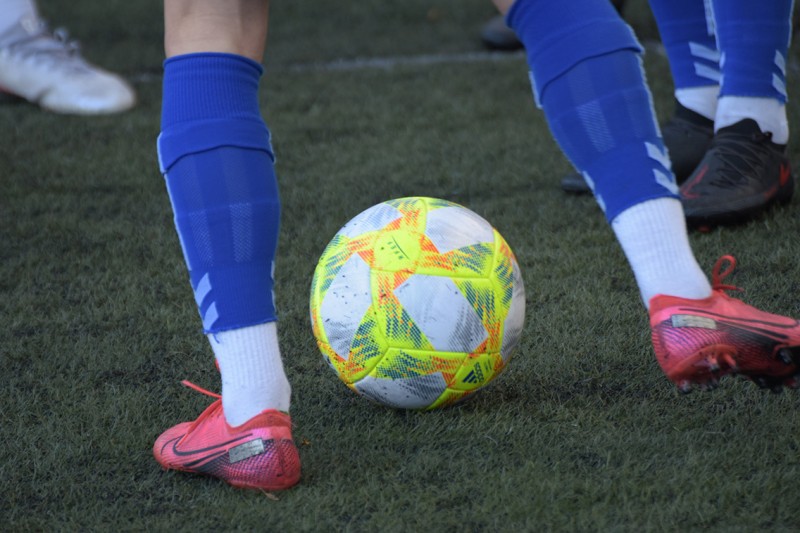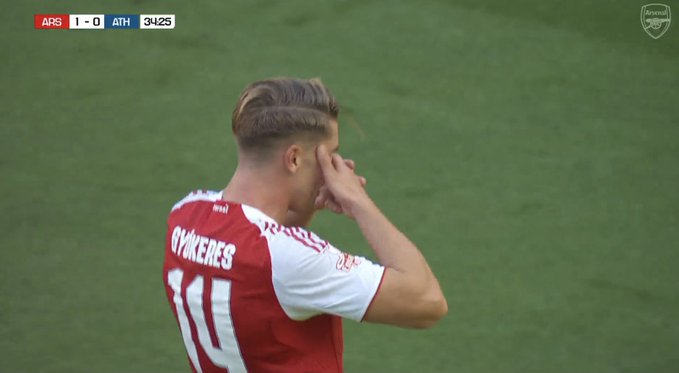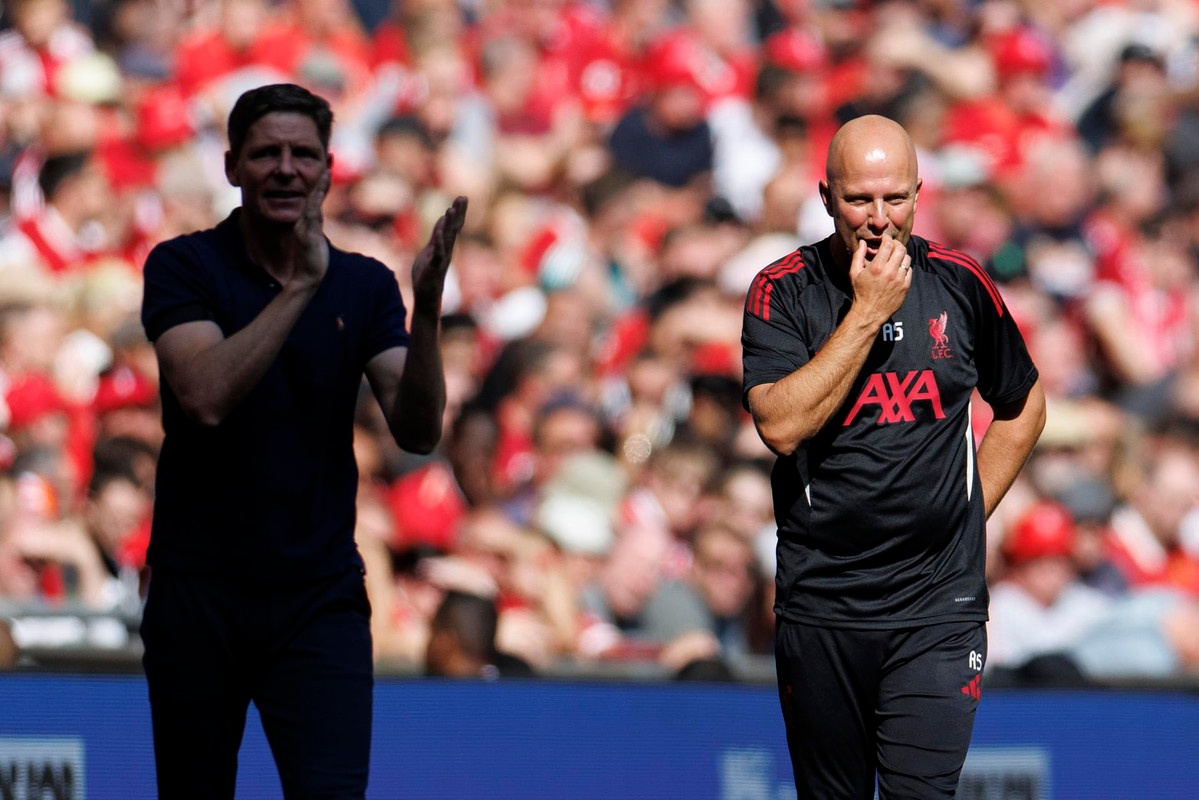Muscle Recovery and Maintenance: How Soccer Players Stay in Shape

Between a tight schedule of games and countless hours of training, soccer players are under enormous pressure to maintain peak performance.
8 months ago
One of the most crucial elements in this process is muscle preservation, as muscles power every movement and fuel a player’s performance on the field. Below are some key methods players and coaches use to prevent injuries and boost performance before and after the game.
Whether in the Premier League or at a local soccer match, players are encouraged to stretch their muscles to prepare for the game. Dynamic exercises such as high knees, jogging, and shuffling can be used to warm up the body before stepping onto the field, allowing players to increase blood flow and improve flexibility before an intense physical activity.
Before a match, professional players also engage in rigorous gym training, primarily focusing on strength and speed. However, they still recognize the benefits of rest days and an individualized nutrition plan to support the physical training.
On rest days, physical therapy can be especially useful in ensuring optimal muscle function. Techniques such as massage, foam rolling, or neuromuscular electrical stimulation—as offered at chattanoogarehab.com— help improve blood circulation, reduce fatigue, enhance performance, and aid in injury prevention.
Once a match concludes, muscles require proper recovery time—and in some cases, rehabilitation. Physical therapy plays a great role in this phase, alongside techniques such as ice baths to fight inflammation, or saunas to relax the body. Some experts even suggest active recovery through low-impact exercises such as yoga, which keeps the body moving without excessive strain.
In case of injury, however, professional players always seek guidance from medical professionals. Top-tier teams have dedicated medical units that address not only common injuries but also tailor treatments to individual players' needs. In general, physical therapy is still a key component of recovery from serious injuries, but at times, minor injuries may be treated with simple methods, such as taping or ankle spray, to speed up the healing process.
As the saying goes, “practice makes perfect,” and while finding the right treatment or the right specialist may take time, it’s important to prioritize both pre- and post-muscle training, regardless of the level at which a player competes.
A player’s performance and overall success depend on various factors, including physical abilities, experience, age, and playing position. Moreover, great accomplishments on the field require more than just maintaining muscle strength. Great results come from balancing muscle recovery and preparation, while also prioritizing proper hydration, a balanced diet, a structured schedule, and mental health—all of which could be a game changer.
Establishing a healthy training and recovery routine not only helps prevent injuries, but also boosts a player’s strengths. Furthermore, it may help players to identify their weaknesses and develop solutions to turn them into competitive advantages. By investing in a comprehensive training routine, players enhance their potential and perform at their best.
Whether in the Premier League or at a local soccer match, players are encouraged to stretch their muscles to prepare for the game. Dynamic exercises such as high knees, jogging, and shuffling can be used to warm up the body before stepping onto the field, allowing players to increase blood flow and improve flexibility before an intense physical activity.
Before a match, professional players also engage in rigorous gym training, primarily focusing on strength and speed. However, they still recognize the benefits of rest days and an individualized nutrition plan to support the physical training.
On rest days, physical therapy can be especially useful in ensuring optimal muscle function. Techniques such as massage, foam rolling, or neuromuscular electrical stimulation—as offered at chattanoogarehab.com— help improve blood circulation, reduce fatigue, enhance performance, and aid in injury prevention.
Once a match concludes, muscles require proper recovery time—and in some cases, rehabilitation. Physical therapy plays a great role in this phase, alongside techniques such as ice baths to fight inflammation, or saunas to relax the body. Some experts even suggest active recovery through low-impact exercises such as yoga, which keeps the body moving without excessive strain.
In case of injury, however, professional players always seek guidance from medical professionals. Top-tier teams have dedicated medical units that address not only common injuries but also tailor treatments to individual players' needs. In general, physical therapy is still a key component of recovery from serious injuries, but at times, minor injuries may be treated with simple methods, such as taping or ankle spray, to speed up the healing process.
As the saying goes, “practice makes perfect,” and while finding the right treatment or the right specialist may take time, it’s important to prioritize both pre- and post-muscle training, regardless of the level at which a player competes.
A player’s performance and overall success depend on various factors, including physical abilities, experience, age, and playing position. Moreover, great accomplishments on the field require more than just maintaining muscle strength. Great results come from balancing muscle recovery and preparation, while also prioritizing proper hydration, a balanced diet, a structured schedule, and mental health—all of which could be a game changer.
Establishing a healthy training and recovery routine not only helps prevent injuries, but also boosts a player’s strengths. Furthermore, it may help players to identify their weaknesses and develop solutions to turn them into competitive advantages. By investing in a comprehensive training routine, players enhance their potential and perform at their best.







Comments